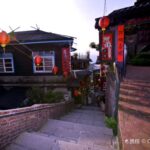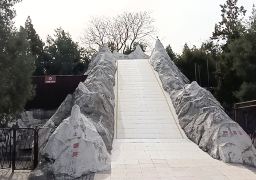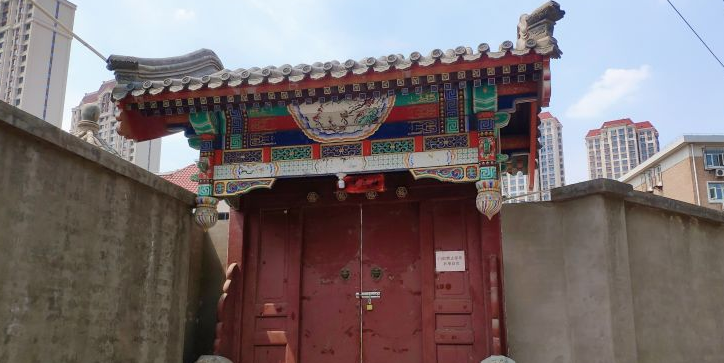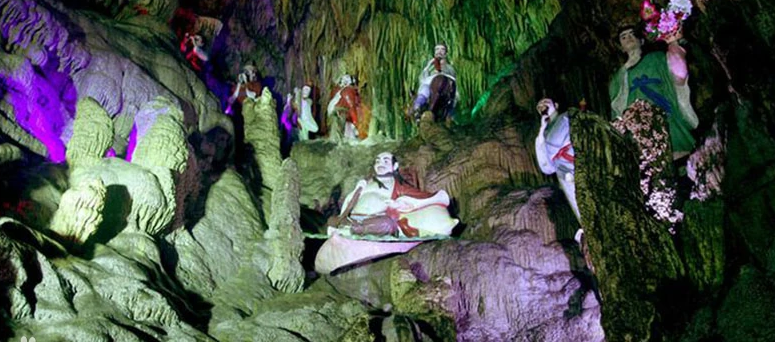Distance refers to a combined term for roads and mileage. Ancient atlas of distance and transportation generally refers to various maps that take distance as the main content or also depict roads and record mileage. In addition to single-piece forms, they are often attached to books in the form of illustrations. Therefore, all books or maps with the characteristics of distance content are within the scope of the exhibition. In terms of function, ancient atlas of distance and transportation is roughly similar to today’s electronic transportation guide system, both guiding transportation and also presenting the surrounding landforms of roads. With the evolution of mapping technology, the appearance of ancient and modern atlas of distance and transportation is very different, and their popularity and convenience cannot be compared. Modern electronic transportation guides are in a single form and readily available. Although the number of ancient atlas of distance and transportation is not large, their categories and forms are rich and diverse. For example, road guides and route maps in business books, prefectural and county maps often attached to local chronicles, or detailed maps of round-trip routes compiled for emperors’ inspection tours and tomb visits, border defense maps dedicated to soldiers’ garrison and border patrols, large-scale post road maps connecting all directions, and city route maps included in local administrative region maps of provinces, prefectures, and counties. The exhibition selects a total of twenty components of atlas with distance characteristics from the 14th century to the early 20th century in the collection and displays them in two installments. The first installment includes units such as Grand View of Post Roads, North-South Main Road, Emperor’s Tomb Visit in the Qing Dynasty, Traveling All over the World, and Citizen’s Avenue. The second installment remains unchanged before and after, and the rest are adjusted to Border Patrol Road, Crossing Mountains and Ridges, and On the South Inspection Tour Road. In addition to cultural relics, the multimedia interactive installation ‘Walking on the Roads in Taiwan’ uses ‘Taiwan Atlas of Kangxi’ (collected by the Taiwan Museum) and ‘Taiwan Map of Qianlong’ as materials, combined with aerial dynamic images of the transportation route from Hsinchu to the museum, complementing each other and providing the audience with a real feeling of walking on the north-south main road in ancient Taiwan.
The opening hours are from September 5th to December 1st. The specific business status is subject to the opening situation on that day.Exhibition of Ancient Atlas of Distance and Transportation: ‘Connecting All Directions’ in Taipei, Taiwan, China
Distance refers to a combined term for roads and mileage. Ancient atlas of distance and transportati[...]









